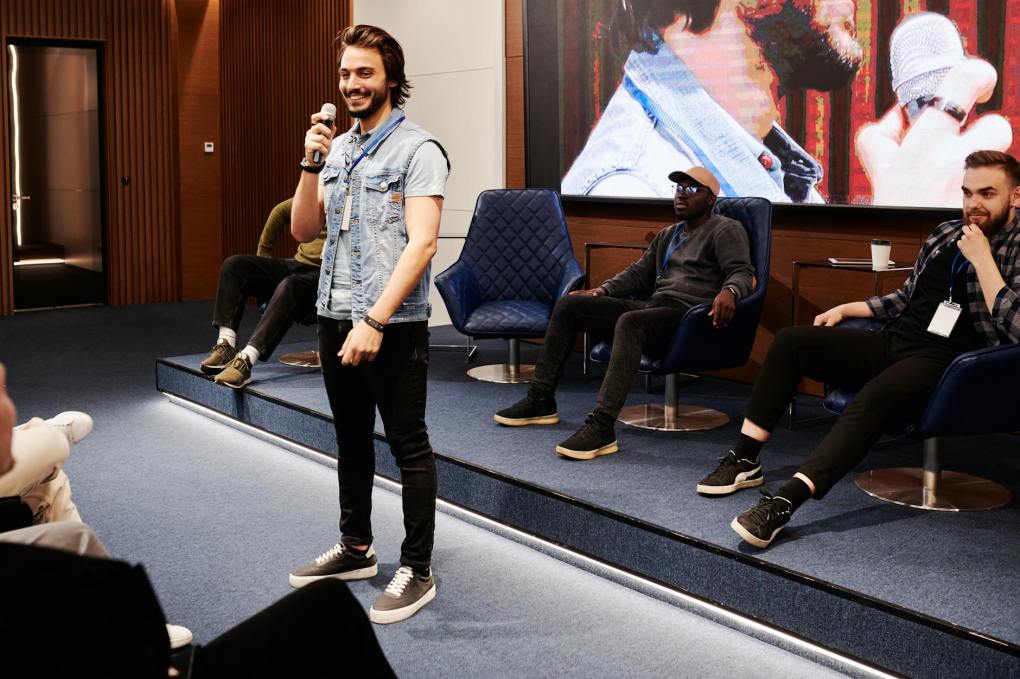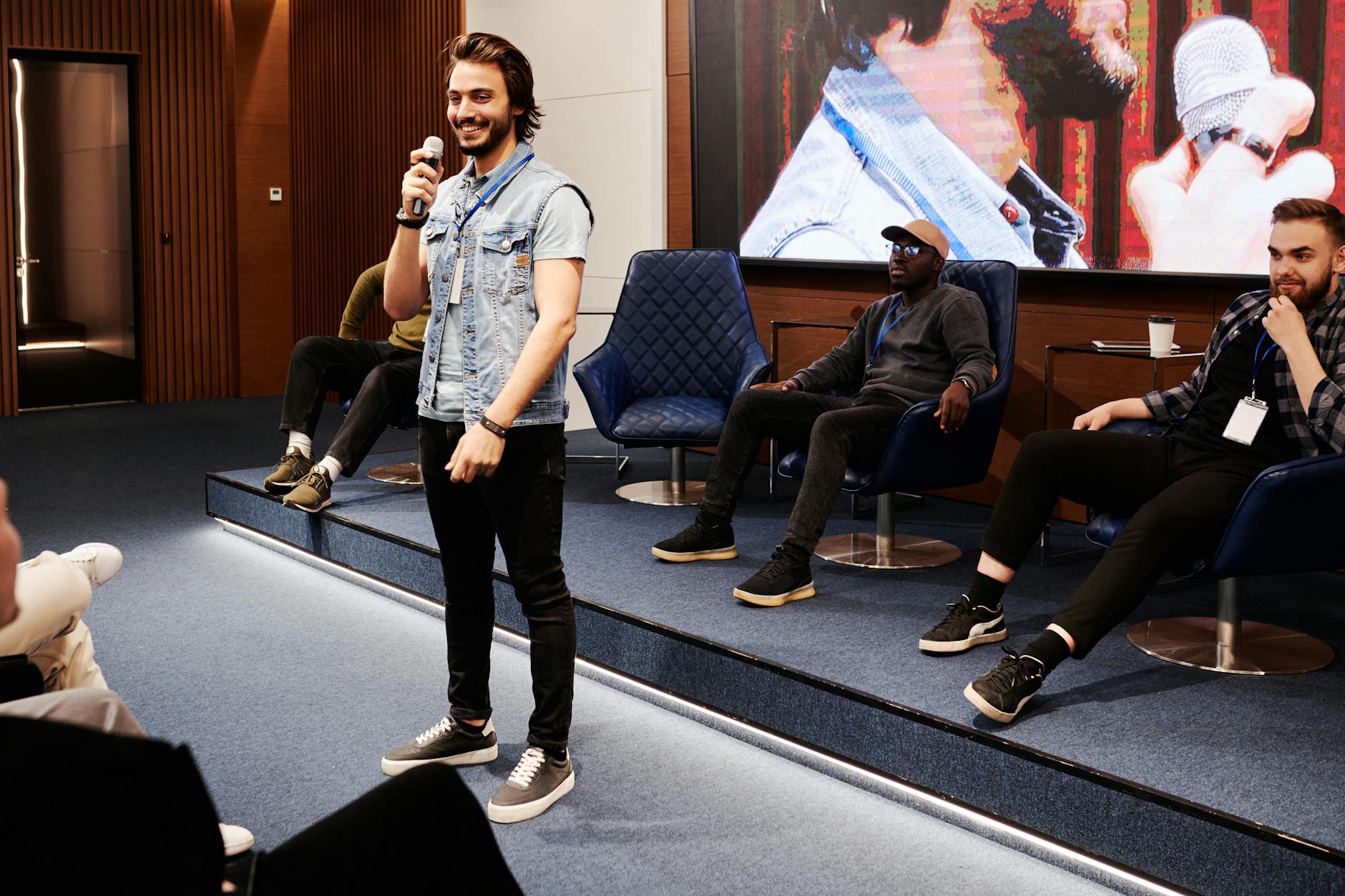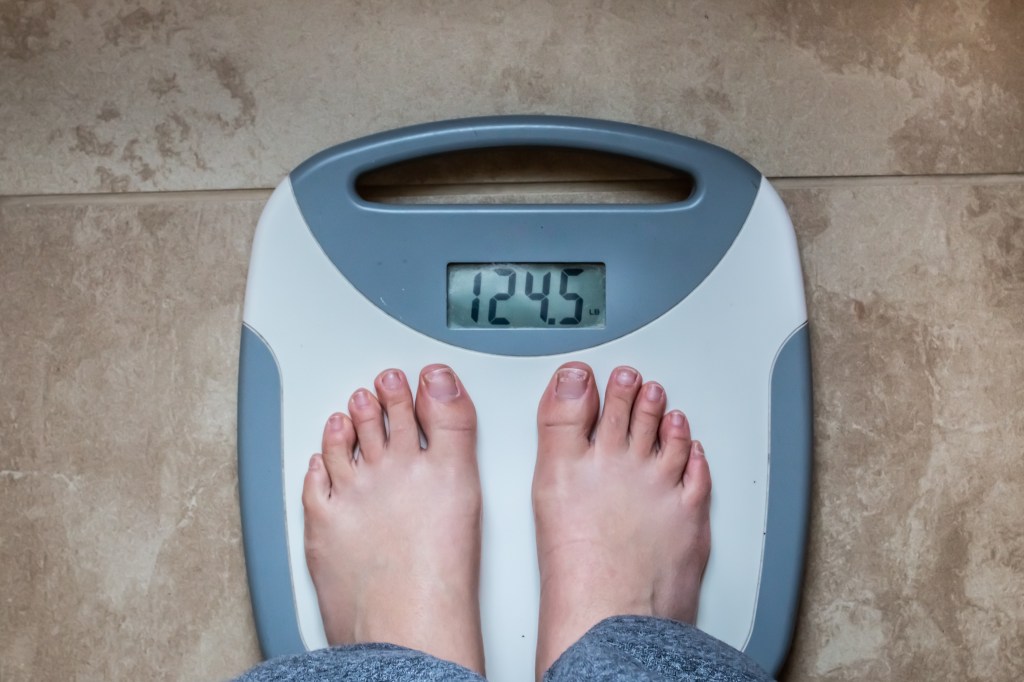by Tiana Lopez | UAB Community Health and Human Services Program (Student)

Every parent wants the best for their child. But for many families in Alabama, getting an autism diagnosis can be harder than it should be. Research shows that Black children are often diagnosed with autism two to three years later than white children, despite showing symptoms at the same age (Mandell et al., 2009). These delays result in missed opportunities for early intervention. This support can drastically improve a child’s ability to communicate, learn, and thrive.
In Alabama, especially in rural or underserved communities, parents face multiple barriers to getting a timely diagnosis. Some are unfamiliar with early autism signs such as poor eye contact, delayed speech, repetitive behaviors, or lack of social interest (Centers for Disease Control and Prevention [CDC], 2023). Others may be discouraged from seeking help, told to “wait and see,” or lack access to a qualified specialist. Even when parents do recognize the signs, they often encounter long waitlists, high costs, or too few autism-focused providers in their area. These obstacles can feel overwhelming (Constantino et al., 2020). One researcher noted, “Autism spectrum disorder remains underdiagnosed in minority populations, despite evidence of comparable symptom presentation” (Constantino et al., 2020, p. 3). This highlights that the problem is not rooted in the children themselves but in systemic inequities.
Early Intervention Makes a Difference
The earlier autism is identified, the earlier a child can begin receiving services that build critical skills. Studies confirm that early intervention, ideally before the age of three, leads to improved language, social, and behavioral outcomes (Zwaigenbaum et al., 2015). That is why early screening is essential, particularly for families in underserved communities where systemic barriers are more common.
Practical Steps for Families
If you are a parent or caregiver of a young child in Alabama, here are two steps you can take right now:
- Ask your child’s pediatrician about developmental and autism screening. These can be done during regular checkups starting at 18 months.
- Reach out to Alabama’s Early Intervention System. This program offers free evaluations and services for children under three. A doctor’s referral is not required to get started (Alabama Department of Rehabilitation Services, 2023).
Getting a diagnosis should not depend on race/ethnicity, income, or ZIP code. With awareness, persistence, and support, families can overcome barriers and get their children the help they deserve. Equity in healthcare begins with timely diagnosis and access to resources for every child. To advocate for more autism resources in your community, you can join and support local and national organizations like the Autism Society and the Autistic Self Advocacy Network (ASAN), attend and volunteer at community events, and share your story on social media. If you like, please consider sharing your experience with the Wilkinson Wellness Lab on Facebook.
References
Alabama Department of Rehabilitation Services. (2023). Early Intervention Program. https://rehab.alabama.gov/individuals-and-families/early-intervention
Centers for Disease Control and Prevention. (2023). Data and statistics on autism spectrum disorder. https://www.cdc.gov/ncbddd/autism/data.html
Constantino, J. N., Abbacchi, A. M., Saulnier, C., Klaiman, C., Mandell, D. S., Zhang, Y., … & Molholm, S. (2020). Timing of the diagnosis of autism in African American children. Pediatrics, 146(3), e20193629. https://doi.org/10.1542/peds.2019-3629
Mandell, D. S., Wiggins, L. D., Carpenter, L. A., Daniels, J., DiGuiseppi, C., Durkin, M. S., … & Kirby, R. S. (2009). Racial/ethnic disparities in the identification of children with autism spectrum disorders. American Journal of Public Health, 99(3), 493–498. https://doi.org/10.2105/AJPH.2007.131243
Zwaigenbaum, L., Bauman, M. L., Choueiri, R., Kasari, C., Carter, A., Granpeesheh, D., … & Pierce, K. (2015). Early intervention for children with autism spectrum disorder under 3 years of age: Recommendations for practice and research. Pediatrics, 136(Supplement_1), S60–S81. https://doi.org/10.1542/peds.2014-3667E












